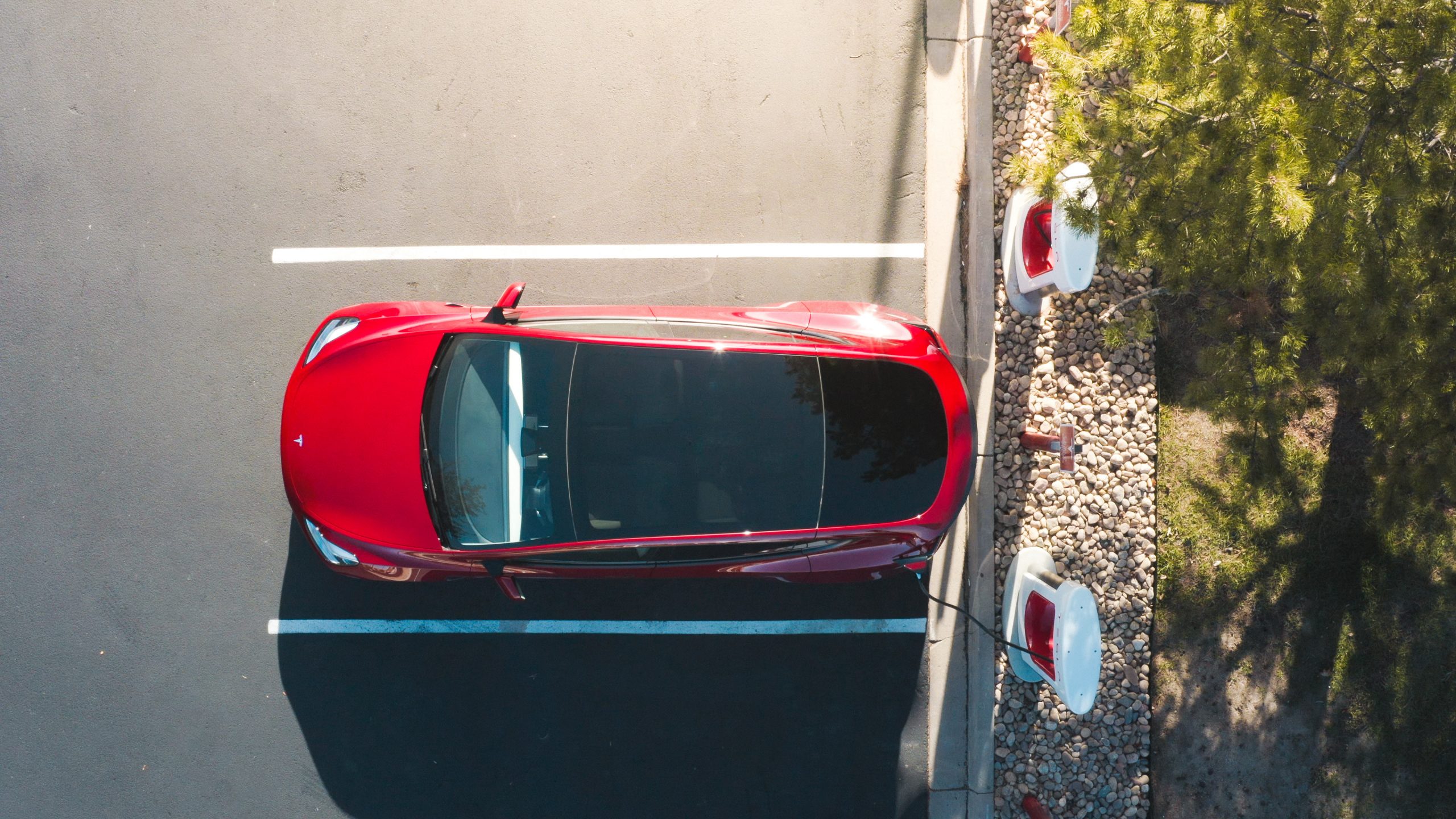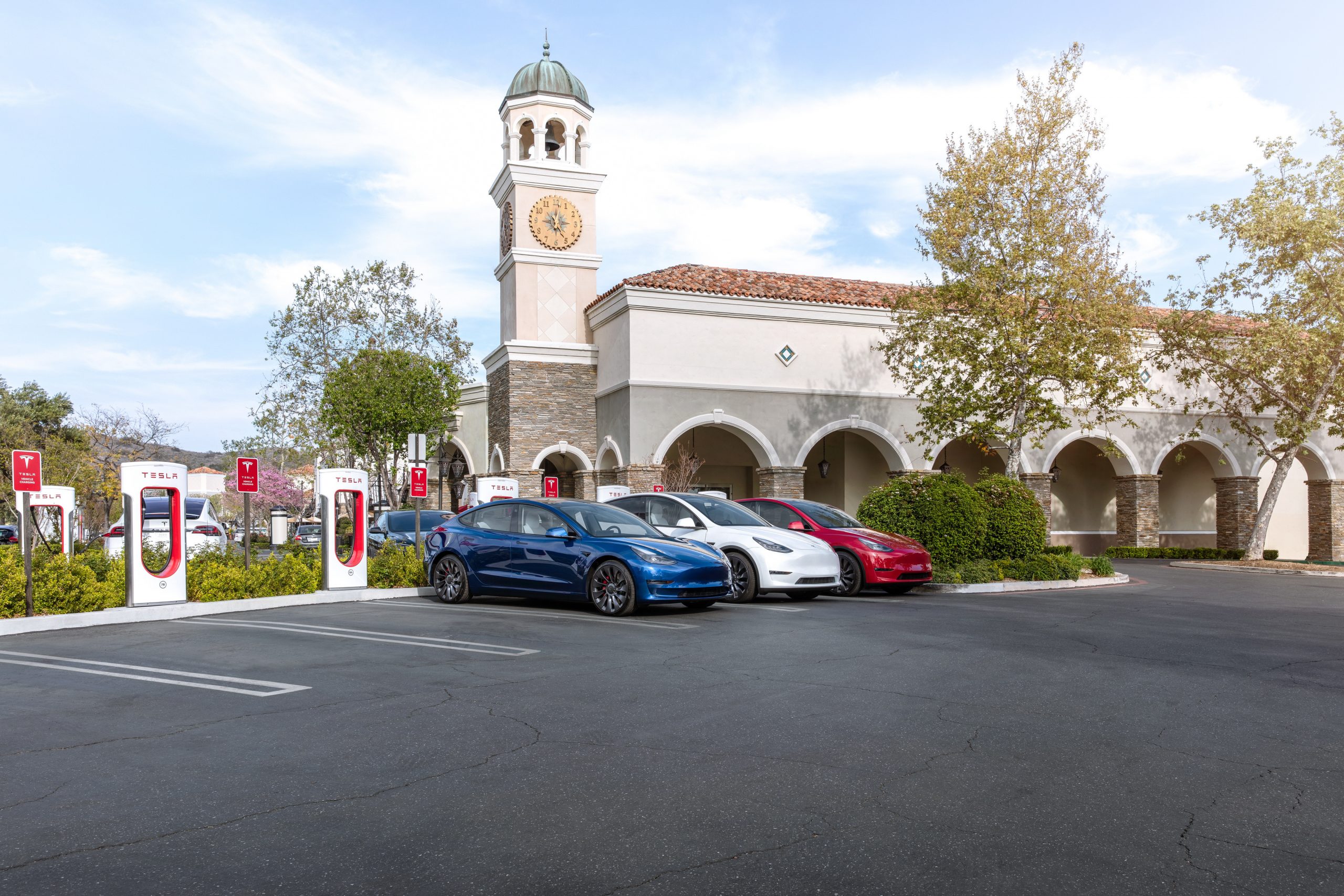Tesla’s road to $7.5 billion in government subsidies that would help it expand electric vehicle charging means giving up its biggest strength: an exclusive charging network for its owners.
Tesla will have to expand its charging infrastructure to include the Combined Charging System, or CCS, connectors, which are utilized by other automotive manufacturers.
Tesla utilizes its own proprietary charging connector, which gives owners of its vehicles exclusive access to its expansive Supercharging network.
Perhaps Tesla’s biggest strength is the Supercharging network, which is available on both major roadways and rural areas and expands frequently. Tesla expanded its Supercharger network by over 3,500 total connectors from Q3 to Q4 2022. It now has 42,419 active connectors globally. The automaker said its year-over-year Supercharger growth was 35 percent. This figure represents total piles and not stations.
However, these 42,419 active chargers may have to be opened to competing EV models and manufacturers if the company intends to qualify for the $7.5 billion in funding the Biden Administration plans to invest toward expanding the U.S. charging network. According to Reuters, the Department of Transportation said it will finalize next week a requirement that will put pressure on Tesla to expand beyond its connectors, giving competitors access to the network.

Credit: Tesla
Tesla was in the process of building new Supercharging equipment that would enable non-Tesla EVs to utilize its expansive network, the White House said last year. However, it was not until 2023 that Tesla leaked details of the “Magic Dock,” which could be the automaker’s strategy to open the Superchargers to EV companies like Rivian and Lucid and legacy companies like Ford and General Motors, who have extensive plans to expand their EV lineups through the remainder of the decade.
Expanding the charging infrastructure is a necessary step in giving consumers what they need to transition to driving an electric car. The Biden Administration has set a goal for half of all new vehicle sales to be electric by 2030, but charging infrastructure is what seems to be the biggest bottleneck in the process.
I’d love to hear from you! If you have any comments, concerns, or questions, please email me at joey@teslarati.com. You can also reach me on Twitter @KlenderJoey, or if you have news tips, you can email us at tips@teslarati.com.

